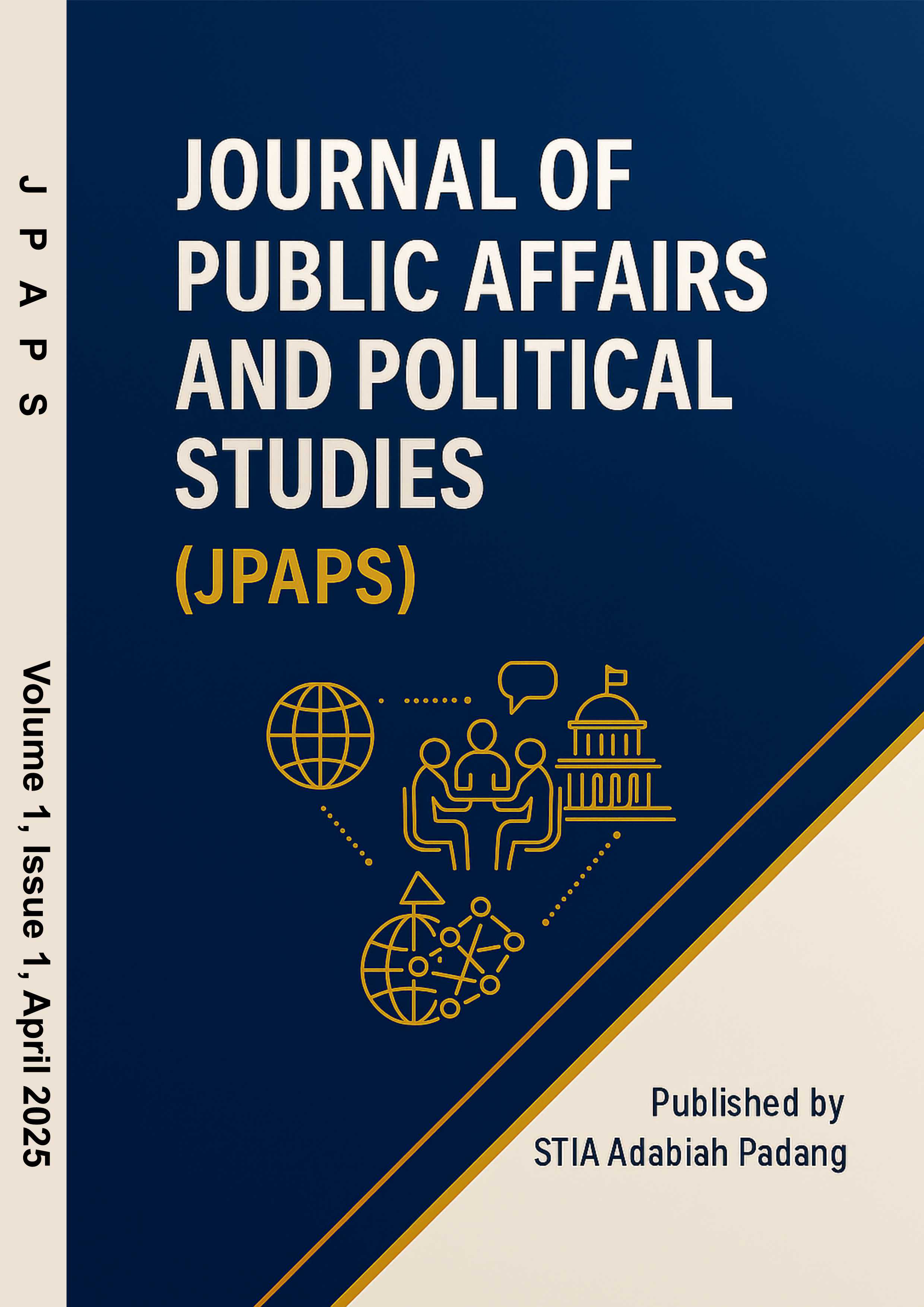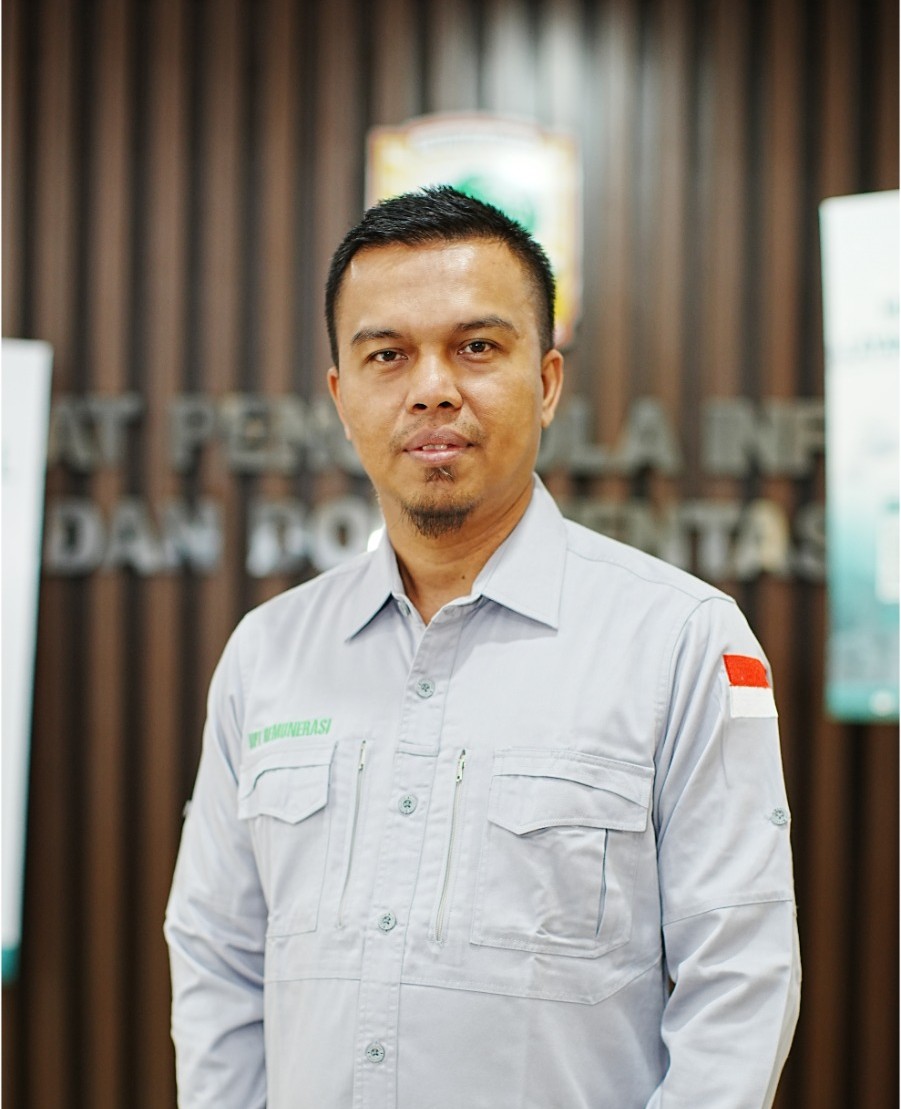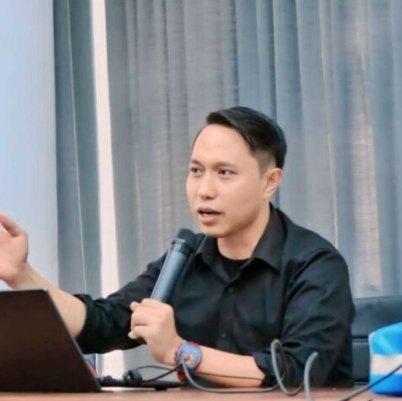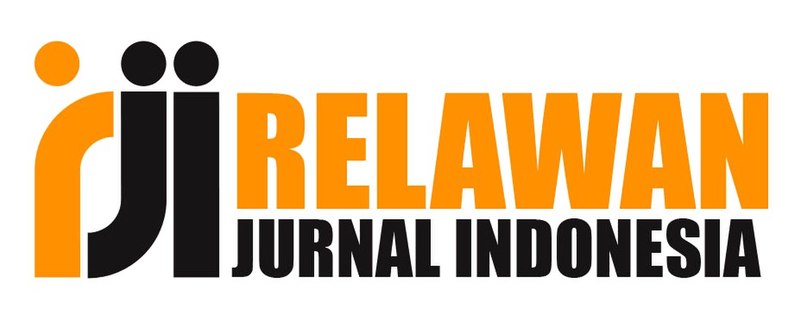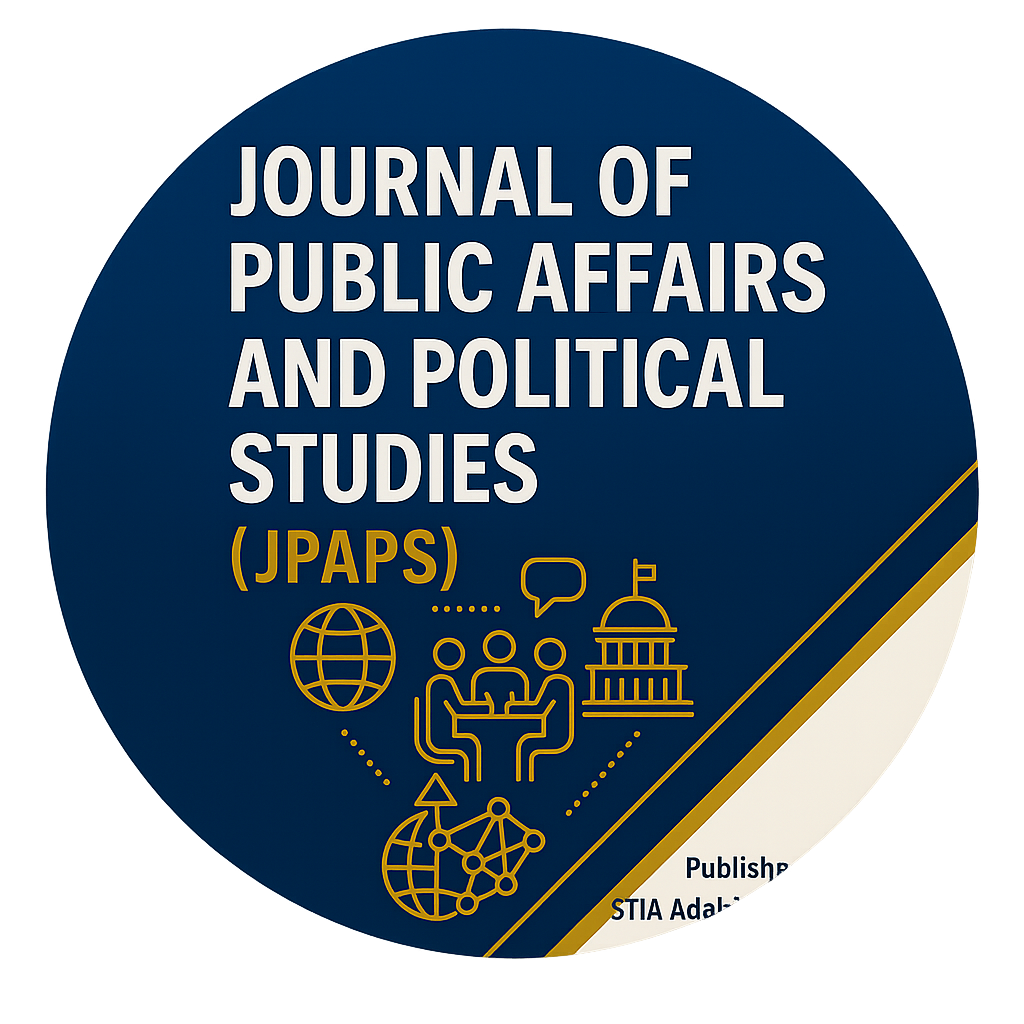Best Practices in ASN Capacity Building in ASEAN: Literature Review and Opportunities for Adaptation in Indonesia
DOI:
https://doi.org/10.62066/jpaps.v1i1.20Keywords:
ASEAN, Capacity Building, Good Governance, Public Sector ReformAbstract
Capacity building of the State Civil Apparatus is crucial in creating efficient, responsive, and results-focused governance. This paper applies a policy transfer and institutional adaptation perspective to analyze best practices in ASN capacity building in the ASEAN region, particularly in Malaysia, the Philippines, and Singapore, and assesses the possibility of its application in Indonesia. A systematic literature review was conducted, utilizing explicit inclusion and exclusion criteria, to obtain data from peer-reviewed academic journals and authoritative policy documents. The research findings show that competency-based training systems, continuous learning approaches, policy integration, and transparent oversight mechanisms support ASN capacity development in these countries. However, the analysis reveals that adaptation of these practices in Indonesia requires careful consideration of local administrative culture, institutional readiness, and political and resource constraints. Indonesia has great potential to adapt strategic elements such as a tiered training system, rotation of positions between institutions, coaching and mentoring, and the use of digital technology in training. However, the process must be guided by evidence-based policy design and robust evaluation mechanisms to ensure effective and sustainable reform, rather than simple replication of external models.
Downloads
References
Aziz, S. F. A., Silong, A. D., Ahmad, K., Selamat, M. N., Roslan, M. R. H., & Manan, M. R. A. (2016). Developing organizational training impact scale for workplace training: Testing the Malaysian sample to determine the impact of training on organizational effectiveness. International Journal of Economics and Financial Issues, 6(6Special Issue), 142–148.
Cuadrado-Ballesteros, B., Mordán, N., & García-Sánchez, I.-M. (2014). Is local financial health associated with citizens’ quality of life? Social Indicators Research, 119, 559–580.
Dagnew Gebrehiwot, G., & Elantheraiyan, P. (2023). A study on the effect of training on employee performance in the case of Mekelle City, Tigray, Ethiopia. Social Sciences and Humanities Open, 8(1). https://doi.org/10.1016/j.ssaho.2023.100567
Edelenbos, J., Molenveld, A., Mojanchevska, K., Ensenado, E., Ballinas, M. B.-P., Esteban, A., Ruijsink, S., Igalla, M., & Tsatsou, A. (2021). Community-based initiatives in the urban realm what conditions their performance? Journal of Environmental Planning and Management, 64(9), 1689–1712. https://doi.org/10.1080/09640568.2020.1837088
El Ammar, C., & Profiroiu, C. M. (2020). Innovation in public administration reform: A strategic reform through npm, ICT, and e-governance. a comparative analysis between Lebanon and Romania. Administratie Si Management Public, 2020(35), 75–89. https://doi.org/10.24818/35-05
Golhasany, H., & Harvey, B. (2025). Navigating barriers and pathways in capacity development for knowledge mobilization: perspectives from McGill University’s Faculty of Education. Frontiers in Education, 10. https://doi.org/10.3389/feduc.2025.1423832
Hassett, M. P. (2022). The Effect of Access to Training and Development Opportunities, on Rates of Work Engagement, Within the U.S. Federal Workforce. Public Personnel Management, 51(3), 380–404. https://doi.org/10.1177/00910260221098189
Ivani, Y., & Ali, R. (2024). Improving the digital skills of state civil servants (ASN) through the government talent academy (GTA) program in realizing digital transformation in Magetan Regency. Strengthening Dynamic System: E-Government and Public Services, 1(1), 20–31.
Kim, Y. H., Ong, M., & Chung, J. H. (2014). Enhancing training motivation in the public sector in South Korea: the value of a contingency approach. Asia Pacific Journal of Public Administration, 36(4), 301–312. https://doi.org/10.1080/23276665.2014.999398
Leskaj, E. (2017). The Challenges Faced by the Strategic Management of Public Organizations. Administratie Si Management Public, 2017(29), 151–161.
Liao, Y. (2018). Toward a Pragmatic Model of Public Responsiveness: Implications for Enhancing Public Administrators’ Responsiveness to Citizen Demands. International Journal of Public Administration, 41(2), 159–169. https://doi.org/10.1080/01900692.2016.1256305
Malagas, K., Gritzalis, S., Nikitakos, N., & Fragoudaki, A. (2017). The Implementation of Goffee and Jones’s Types of Organizational Culture in a Greek State-Owned Organization that Introduced New Technologies. Foundations of Management, 9(1), 225–244. https://doi.org/10.1515/fman-2017-0018
McGuire, L., Prior Jonson, E., Perryman, S., & McKeown, T. (2021). Benchmarking government: Report on government services (RoGS) – 25 years on. Australian Journal of Public Administration, 80(4), 987–1001. https://doi.org/10.1111/1467-8500.12496
Mors, M. L., & Waguespack, D. M. (2021). Fast success and slow failure: The process speed of dispersed research teams. Research Policy, 50(5). https://doi.org/10.1016/j.respol.2021.104222
Mulia, R. A., Saputra, N., Syamsir, S., & Embi, M. A. (2022). Literature Evaluation on Optimizing Supervisory Functions in Improving the Performance of Regional Government Bureaucracy. Adabi: Journal of Public Administration and Business, 9(2), 12–24.
Pallotti, F., Mascia, D., & Giorgio, L. (2023). A multilevel study of social networks and collective reactions to organizational change. Journal of Organizational Behavior, 44(7), 1109–1128. https://doi.org/10.1002/job.2687
Saputra, N., Putera, R. E., Zetra, A., Azwar, Valentina, T. R., & Mulia, R. A. (2024). Capacity building for organizational performance: a systematic review, conceptual framework, and future research directions. Cogent Business & Management, 11(1). https://doi.org/10.1080/23311975.2024.2434966
Schröder, T. (2019). A regional approach for the development of TVET systems in the light of the 4th industrial revolution: the regional association of vocational and technical education in Asia. International Journal of Training Research, 17(sup1), 83–95. https://doi.org/10.1080/14480220.2019.1629728
Syamsir, S., Saputra, N., & Mulia, R. A. (2025). Leadership agility in a VUCA world: a systematic review, conceptual insights, and research directions. Cogent Business and Management, 12(1). https://doi.org/10.1080/23311975.2025.2482022
Tian, Y., & Ou, L. (2024). Exploring the influencing mechanisms of different digital transformation stages: an industry perspective. Enterprise Information Systems, 18(12). https://doi.org/10.1080/17517575.2024.2417407
Zhang, J., Chen, W., Petrovsky, N., & Walker, R. M. (2022). The Expectancy-Disconfirmation Model and Citizen Satisfaction with Public Services: A Meta-analysis and an Agenda for Best Practice. Public Administration Review, 82(1), 147–159. https://doi.org/10.1111/puar.13368
Downloads
Published
How to Cite
Issue
Section
License
Copyright (c) 2025 Fani Ariani, Erna Widiastuty

This work is licensed under a Creative Commons Attribution 4.0 International License.
Copyright Notice
An author who publishes in the Journal of Public Affairs and Political Studies agrees to the following terms:
Author retains the copyright and grants the journal the right of first publication of the work simultaneously licensed under the Creative Commons Attribution-ShareAlike 4.0 License that allows others to share the work with an acknowledgement of the work's authorship and initial publication in this journal
Author is able to enter into separate, additional contractual arrangements for the non-exclusive distribution of the journal's published version of the work (e.g., post it to an institutional repository or publish it in a book) with the acknowledgement of its initial publication in this journal.
Author is permitted and encouraged to post his/her work online (e.g., in institutional repositories or on their website) prior to and during the submission process, as it can lead to productive exchanges, as well as earlier and greater citation of the published work (See The Effect of Open Access).
All materials in this site are protected by the law. It is prohibited to quote a part of or all of this website contents for commercial purposes without the permission or consent of the editors.
If anyone finds one article or more in this journal violate or potentially violate one’s copyrights, please report to us through e-mail of Principle Contact.
Legal-formal aspects of accessing any information and manuscript in this journal website refer to the provision of license Creative Commons Attribution-Share Alike (CC BY-SA). Read more about the Creative Commons Attribution-ShareAlike 4.0 Licence here: https://creativecommons.org/licenses/by-sa/4.0/.
All information available in 'Jurnal Ilmiah Ekotrans & Erudisi' is academic in nature. 'Jurnal Ilmiah Ekotrans & Erudisi' is not responsible for loss due to the abuse of information in the website.
Information
Notice about change in the copyright policy of the Journal of Public Affairs and Political Studies : "From Volume 1, Nomor 1 onwards the copyright of the article published in the Journal of Public Affairs and Political Studies will be retained by the author"
Privacy Statement
The names and email addresses entered in this journal site will be used exclusively for the stated purposes of this journal and will not be made available for any other purpose or to any other party.

